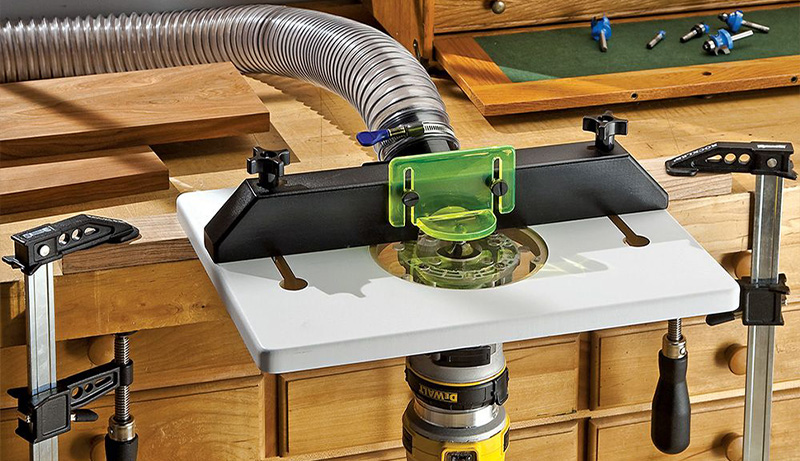Building your very own amplifier using a transistor can be a rewarding and fun experience, allowing you to customize your audio settings and save money. By following a few simple steps, you can create an amplifier from scratch. Here’s a step-by-step guide on how to make an amplifier using a transistor.
Steps For Making an Amplifier Using a Transistor
1. Choose Your Transistors:
Select both an NPN and a PNP type transistor. The right choice of transistors for each application in your circuit will determine the gain you achieve in the final product.
2. Connect the Power Supply:
Attach the +Vcc line to pin 5 (collector) of your NPN transistor and connect its emitter pin 6 to the ground (-Vcc). This completes the voltage supply connection for the first part of your circuit.
3. Set up Bias Conditions:
Establish proper bias conditions by setting resistors correctly, ensuring that the base current is appropriately established before building the rest of the circuit. Connect two 1 KOhm resistors from +Vcc (pin 5) and ground (-Vcc) to pins 2 (base) and 3 (emitter).
4. Create Input Signal Path:
Set up terminals for inputting signals into your circuit. Connect wires from points A to C to receive signals and allow the amplified output signal to flow from points D to E into other devices or speakers.
5. Configure PNP Transistor:
Configure the remaining PNP-type transistor in the same manner but with reversed polarity to maintain symmetry in design parameters.
6. Load Resistance:
Establish the correct gain by connecting a 10K Ohms resistor between pins 4 (collector) and 6 (emitter).
7. Connect Output Signals:
Connect the output signals from points D to E to other devices or speakers for amplification. This completes your amplifier circuit!
8. Testing:
Verify that your amplifier works correctly by testing it with additional tools such as an oscilloscope or audio spectrum analyzer.
Making an amplifier using a transistor has several benefits, making it a popular choice for various applications:
Benefits of Making an Amplifier Using a Transistor

1. More Flexibility:
Transistor amplifiers allow for greater flexibility in sound design, enabling easy adjustment of tone and sound levels compared to alternatives like transformers or vacuum tubes.
2. Reliability:
Transistors are more reliable and less prone to damage than tube counterparts due to their solid-state nature.
3. Superior Power Efficiency:
Transistors offer superior power efficiency compared to mechanical devices like valves or transformers, making them ideal for energy-saving applications.
4. Smaller Form Factor:
Transistors’ compact size allows for tighter integration and reduced physical footprint, making them suitable for applications with limited space.
5. Cost-Effectiveness:
Transistors generally cost less than alternatives, making them an attractive option for budget-conscious projects.
6. Pristine Sound at High Volumes:
When utilized properly, transistor-based amplifiers can deliver clear and pristine sound even at high volume levels with minimal noise and distortion.
Tips for Buying a Transistor for Making an Amplifier
1. Understand Your Amplifier Needs:
Determine the power and amplification requirements of your amplifier to choose the right transistor for your application.
2. Consider Current Rating:
Select a transistor with an appropriate current rating that can handle the power requirements without damage.
3. Look for Robustness & Reliability:
Choose a reliable transistor that can withstand heat and other stresses without failing.
4. Research Parameters and Specifications:
Ensure that the data provided matches your requirements and is consistent with the manufacturer’s specifications.
5. Compare Prices Among Vendors:
Compare prices and features offered by different vendors to get the best value for your money.
6. Seek Expert Advice if Needed:
Don’t hesitate to ask for expert advice from experienced technicians who have hands-on experience with transistors.
Final Word
In conclusion, understanding your amplifier needs and considering important factors when buying a transistor will help you create a successful and cost-effective transistor-based amplifier.





Leave a Reply